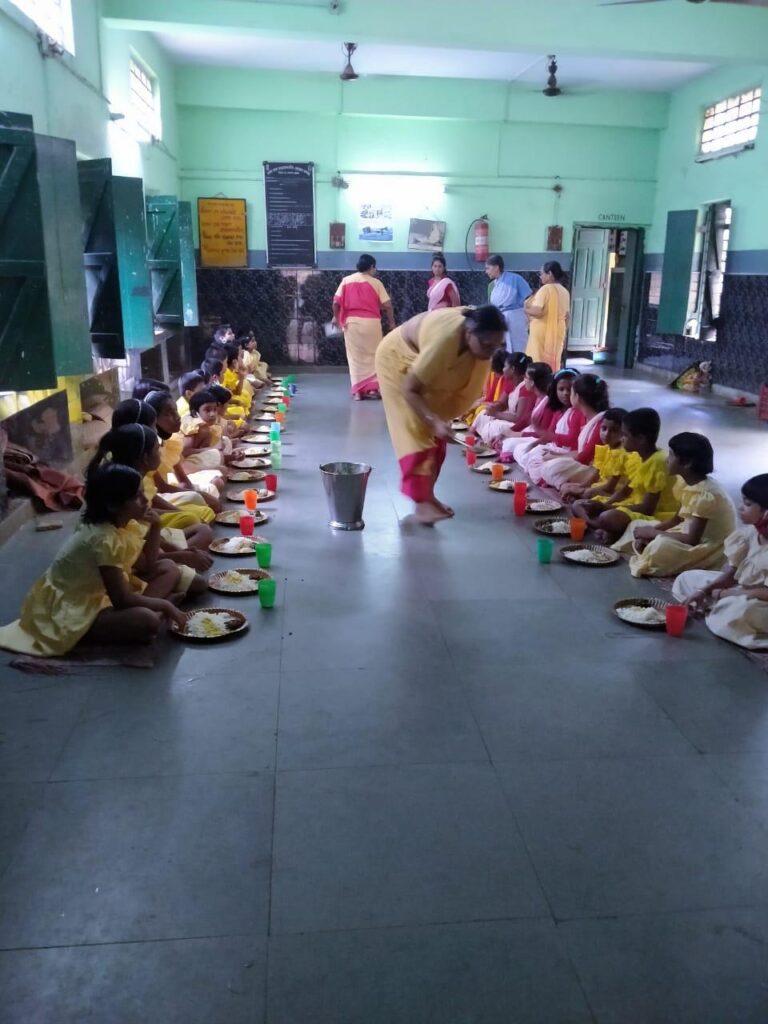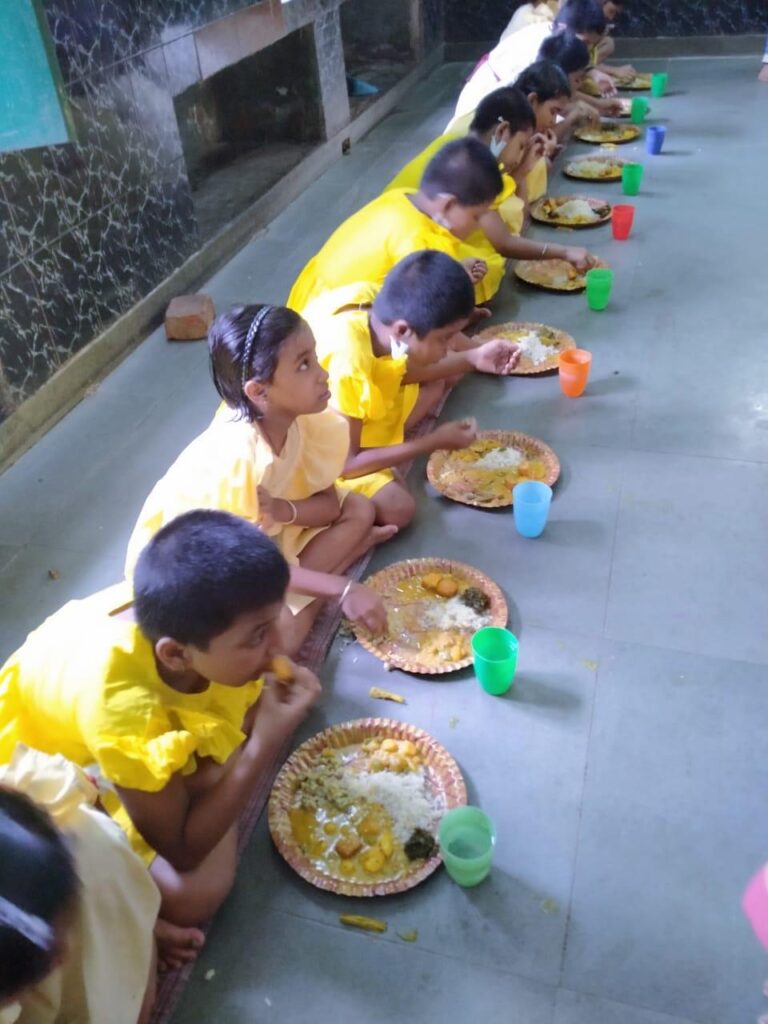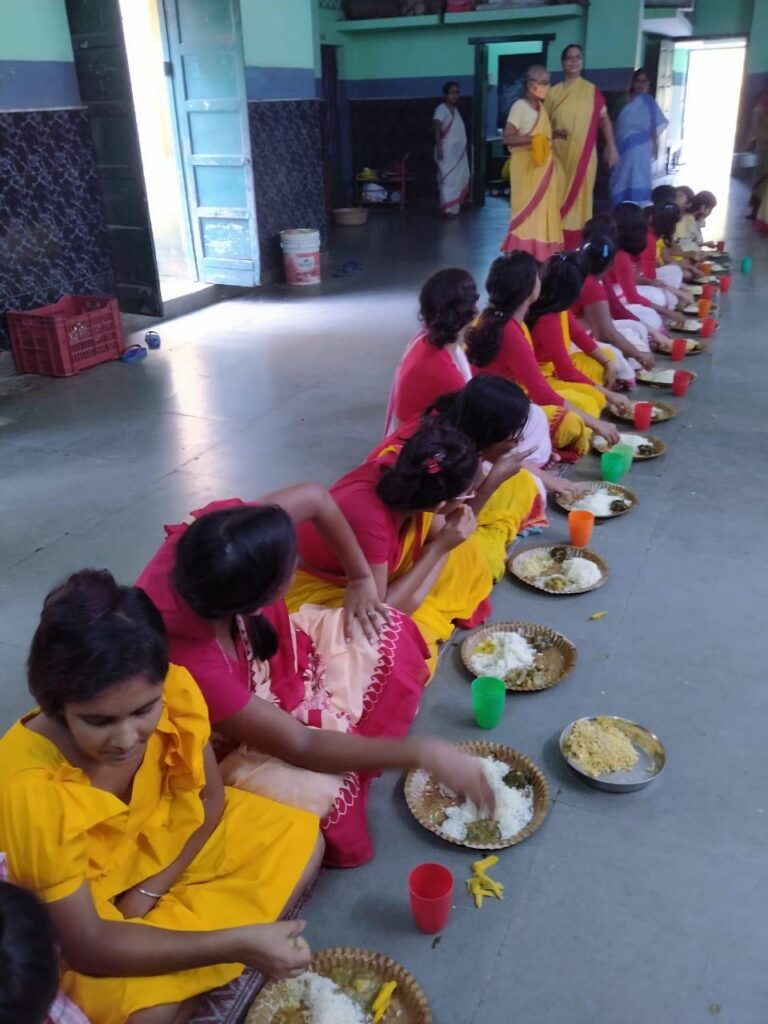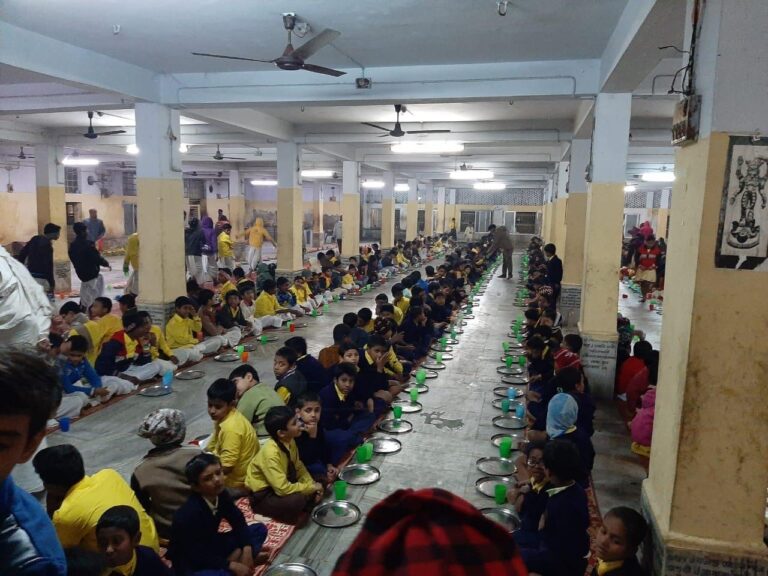- 732-249-7077 (landline) / 646-431-5353 (cell)
- adyamausa@gmail.com
- 1190 Easton Avenue Somerset, NJ 08873
History Of Adyapeath
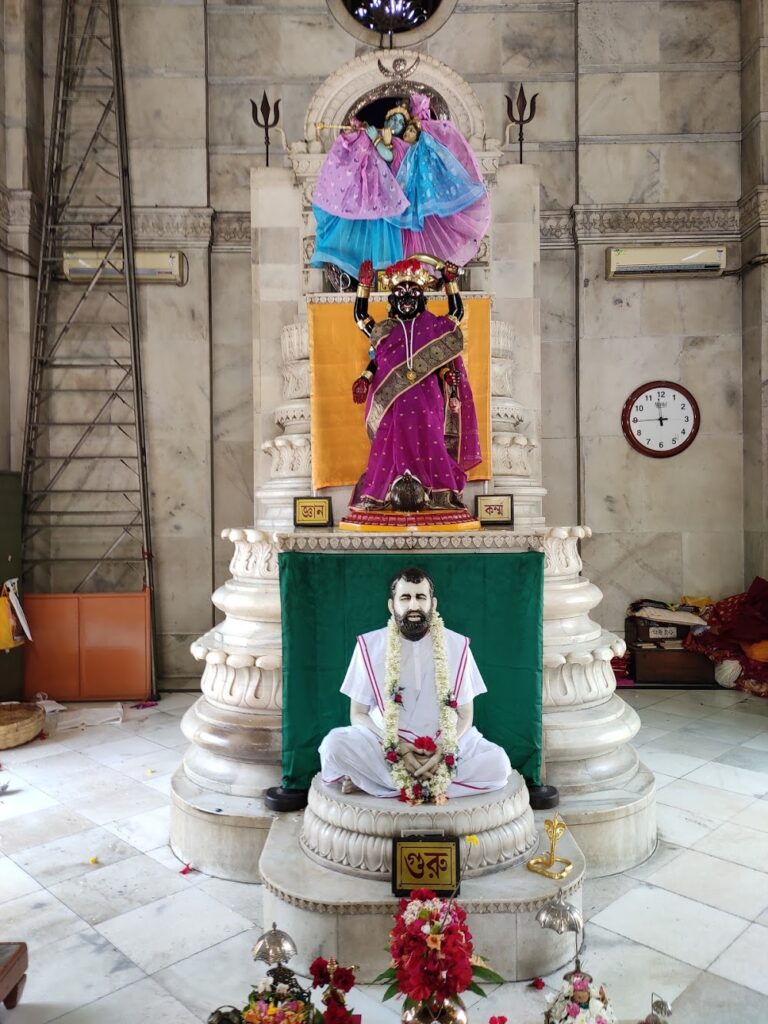
THE STORY OF ADYAPEATH
To find the beginning of this story, it is necessary to go back in time, beyond the remarkable early-twentieth-century life of a Bengali man named Annada Charan Bhattacharya; beyond the even more remarkable nineteenth-century life of the great Bengali saint Sri Ramkrishna; beyond even the carving in antiquity of an exquisite black marble image of the Divine Mother–for this story begins at Creation itself and is continually beginning and being replayed in the cycle of birth, death, and renewal of every soul of every devotee of God.
DREAMS AND VISIONS
In 1915, a young Brahmin named Annada Charan Bhattacharya was setting up a successful practice in Ayurvedic medicine in Calcutta. A capable scientist, he had discovered seven patent medicines and went on to become a renowned doctor all over Bengal. Annada Thakur, as he came to be known, was a deeply religious man, filled with devotion to the Divine Mother Kali and Her great nineteenth-century Bengali saint, Sri Ramkrishna. Nevertheless, even such a spiritual man as Annada was taken aback by the strange visions and dreams he began to have: A vision of four girls carrying an idol(murthi) of the Divine Mother Kali down a Calcutta street, invisible to all but Annada, yet so real that he folded his palms and, to the puzzlement of passersby, bowed to thin air. Two dreams of a sannyasin telling him to shave his head and bathe in the Ganges, to which the outraged Annada replied, “Reverend Sir, if you again talk of head-shaving, I shall hold you by the neck and push you out of the room.” Then, stranger yet, dreams of Sri Ramkrishna himself, so real that Annada was convinced the venerable saint, though long departed from this life, had been in the room with him. When the order came from Sri Ramkrishna to shave his head and bathe in the Ganges, Annada could hardly refuse. Sri Ramkrishna then told him to go to the Eden Gardens, a magnificent British-built public garden in Calcutta, and to look there for a murthi of the Divine Mother where a coconut tree and a pakur tree grew together. There, at the bottom of a pond, Annada and three companions found the image. A commemorative plaque marks the spot today.
ADYA MAA
She was a little more than a foot tall, carved out of one solid piece of black marble, with sparkling jewels set in her eyes. She was completely intact; not one lotus petal, not one finger, was chipped or cracked. Her form was that of the goddess Kali. Annada’s household worshipped her in the traditional manner, offering flower garlands, fruit, cheese, sweets, sandal paste, and incense. As word of Her miraculous appearance spread, devotees came from all over the city to make offerings. Her very presence seemed to inspire the deepest devotion. Even prostitutes wept when they offered flowers to Her.
Three men from a Calcutta museum came also. Judging the image to be very ancient, from the Buddhist period, they offered a large sum of money for it, which Annada refused. A later encounter with a sadhu confirmed that the image had indeed originated in antiquity, in a temple in the district of Gaya.
IMMERSION
Then the strangest dreams of all began. The Divine Mother Kali Herself appeared to Annada and, to his horror, commanded him to immerse the image in the Ganges! How could he return Her to the water within days of having brought Her out of it? In three dreams in one night She appeared, commanding, pleading, threatening. “I do not want to be worshipped only in one place,” She said. “On the contrary, it is my wish to be worshipped in the home of every devotee, not merely according to scriptural rites. If anyone pays homage and gives offerings to me in the simple and sincere language of the heart, such as ‘O My Mother! Take this food, wear this garment,’ and then use those things himself, it will be regarded as good as an act of worship. The prayer of a simple and sincere heart constitutes my worship.” Finally, She enumerated sixteen reasons for the immersion, and Annada, his reasoning mind appeased, but could resist no longer. According to Her command, the idol was photographed the following morning and copies circulated to any devotees who wanted them. Then, with a few companions, Annada hired a boat, rowed out into the middle of the Ganges, and plunged Her into the water. There, as far as anyone knows, She remains today. The Divine Mother continued to appear to Annada in dreams. “I am Adyashakti (‘Primordial Force’), and I am to be worshipped as Adya Ma,” She said. She dictated to him a Sanskrit hymn in Her honor, the Adyastotram, promising that anyone who sang it with devotion would find favor with her.
THE TEMPLE
Dream visitations from Sri Ramkrishna also continued. He offered Annada moksha, but Annada, confronted by a vision of thousands of his suffering fellow humans, responded, “I do not care for liberation. I would rather go through a hundred thousand hells doing good to others: This is my religion.” In 1919, Sri Ramkrishna revealed what Annada’s life’s work was to be: the establishment of a temple to the Divine Mother Adya Ma. The temple was to be in reality three temples enveloping one another: the first to Sri Ramkrishna, the second to Adya Ma, and the third to Krishna and Radha. The altar was to be three altars built like large stairsteps: Ramkrishna on the bottom, Adya Ma in the middle, and Krishna and Radha on the top, encircled by the sacred syllable om. In conjunction with the temple, there were to be separate ashrams for men and women, boys’ and girls’ orphanages and schools, a free clinic to prevent the spread of contagious disease, and distribution of food and clothing to the poor. At Sri Ramkrishna’s behest, Annada Thakur spent a year with his parents in Raujan, in what is now Bangladesh, and then returned to Calcutta and carried out spiritual practices for a year on the bank of the Ganges. Then, on January 14, 1921, a celebration was held, which is still celebrated at the temple as Siddhotsab. The same year a committee was formed for the establishment of the Dakshineswar Ramkrishna Sangha. In early 1927, the Sangha acquired a piece of land with some adjoining old Shiva temples, and on January 31, 1928, Annada Thakur broke ground for the temple on a compound of nearly 14 acres.
Having seen his dreams begin to bear fruit, Annada died in January, 1929, at the age of 38, of a lung infection. Before his death, however, he wrote his remarkable story in the Bengali book Swapna-Jeevana, later translated into English as A Life of Visions.
The dream of the temple lived on through the work of a group of devotees. The Shiva temples were restored, the girls’ school was built in 1942, and the boys’ orphanage was completed in 1951. The free clinic moved to a new building on the temple grounds in 1959.
The temple itself, built of pure white marble, was completed in a number of phases and consecrated on January 14, 1967. Sri Ramkrishna had predicted that after the establishment of this temple, there would be a new religious stir in the country, starting in Bengal. At least three devotees each year, he said, would receive a direct vision of God in this temple and would dedicate their lives for the welfare of the world. Today, hundreds of pilgrims and devotees visit the temple daily, and its charitable outreach serves many hundreds of needy people.
Mission and Activities
Adyapeath goes far beyond being just a temple. It stands as a symbol of compassion and service:
- Orphanage (Boys’ Home): Home to hundreds of orphaned children, providing them shelter, education, and vocational training.
- Educational Institutions: Schools offering modern and spiritual education.
- Charitable Dispensary: Free medical services for the poor and needy.
- Old Age Home: Shelter for the elderly, particularly women.
- Guest House and Meditation Hall: Facilities for pilgrims and spiritual seekers.

Dakshineswar Ramkrishna Sangha Adyapeath, USA is a Hindu temple located in central New Jersey. Adyapeath USA was founded in 1995 as a branch of theDakshineswar Ramkrishna Sangha Adyapeath, USA (Adyapeath Kolkata), an organization dedicated to the service of humanity and the worship of Adya Ma (Divine Mother / Primordial Shakti).
Contact
adyamausa@gmail.com
732-249-7077 or 646-431-5353
1190 Easton Avenue Somerset, NJ 08873
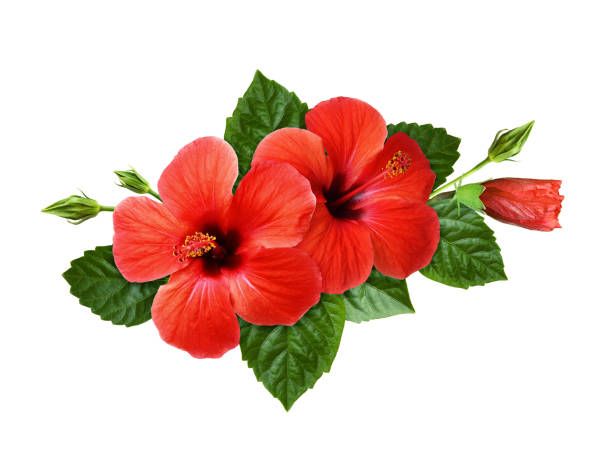
Temple Hours for In-Person Visit
© 2025 DRSA


